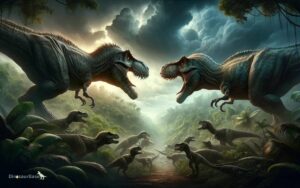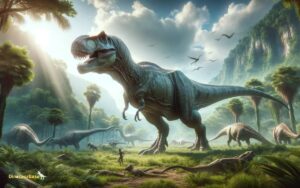How to Estimate Dinosaur Population Sizes in Ancient Times
To estimate dinosaur population sizes, scientists use fossil evidence and statistical models. They analyze habitat space, food availability, and compare with living animals of similar ecology.
Estimating the population size of dinosaurs is a challenging yet fascinating endeavor. By piecing together clues from fossil records and employing complex computer modeling, paleontologists can make educated guesses about the number of these ancient creatures that once roamed the Earth.
This approach considers various aspects such as the size and structure of dinosaur bones, patterns of sediment deposition, and existing biodiversity.
Understanding these prehistoric numbers not only satisfies curiosity but also provides insight into the ecosystems of ancient times and the patterns of extinction and survival.
Modern science thus employs a mix of paleobiology, ecology, and mathematics to decode the secrets of dinosaur populations long gone.
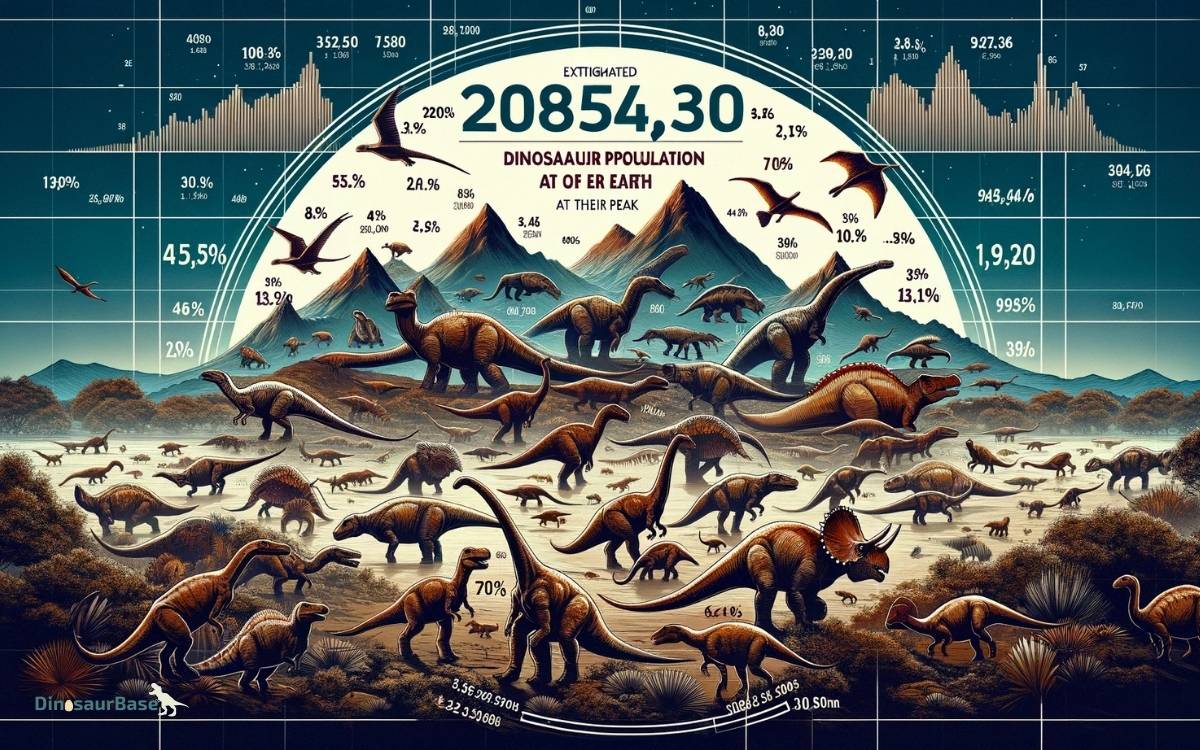
The Mystery Of Prehistoric Life
The Mystery of Prehistoric Life has long captivated scientists and enthusiasts alike. The ancient world where dinosaurs roamed is a puzzle pieced together through fossils and geological evidence.
Estimating dinosaur population sizes gives insight into these magnificent creatures and their ecosystems, yet the task is complex with many unknowns.
Unearthing The Past
To unveil the dinosaur era, scientists rely on fossil records. These remnants include bones, footprints, and sometimes even soft tissues preserved in amber.
Excavation sites worldwide serve as time capsules, offering a snapshot of long-extinct species. Fossil data helps construct population models to estimate numbers.
Significance Of Estimating Dinosaur Populations
Understanding population sizes has far-reaching implications. It helps determine species’ survival rates and how different dinosaurs interacted.
Population estimates also shed light on prehistoric food webs and habitat use. Such knowledge allows a better comprehension of current biodiversity and conservation efforts.
| Fossil Evidence | Population Estimate Techniques |
|---|---|
| Bonebeds | Comparative Anatomy |
| Trackways | Statistical Models |
| Nesting Sites | Ecological Footprints |
- Bonebeds reveal mass death events, offering clues about group sizes.
- Trackways, patterns of footprints, help estimate herd size and behavior.
- Nesting sites indicate breeding habits and juvenile survival rates.
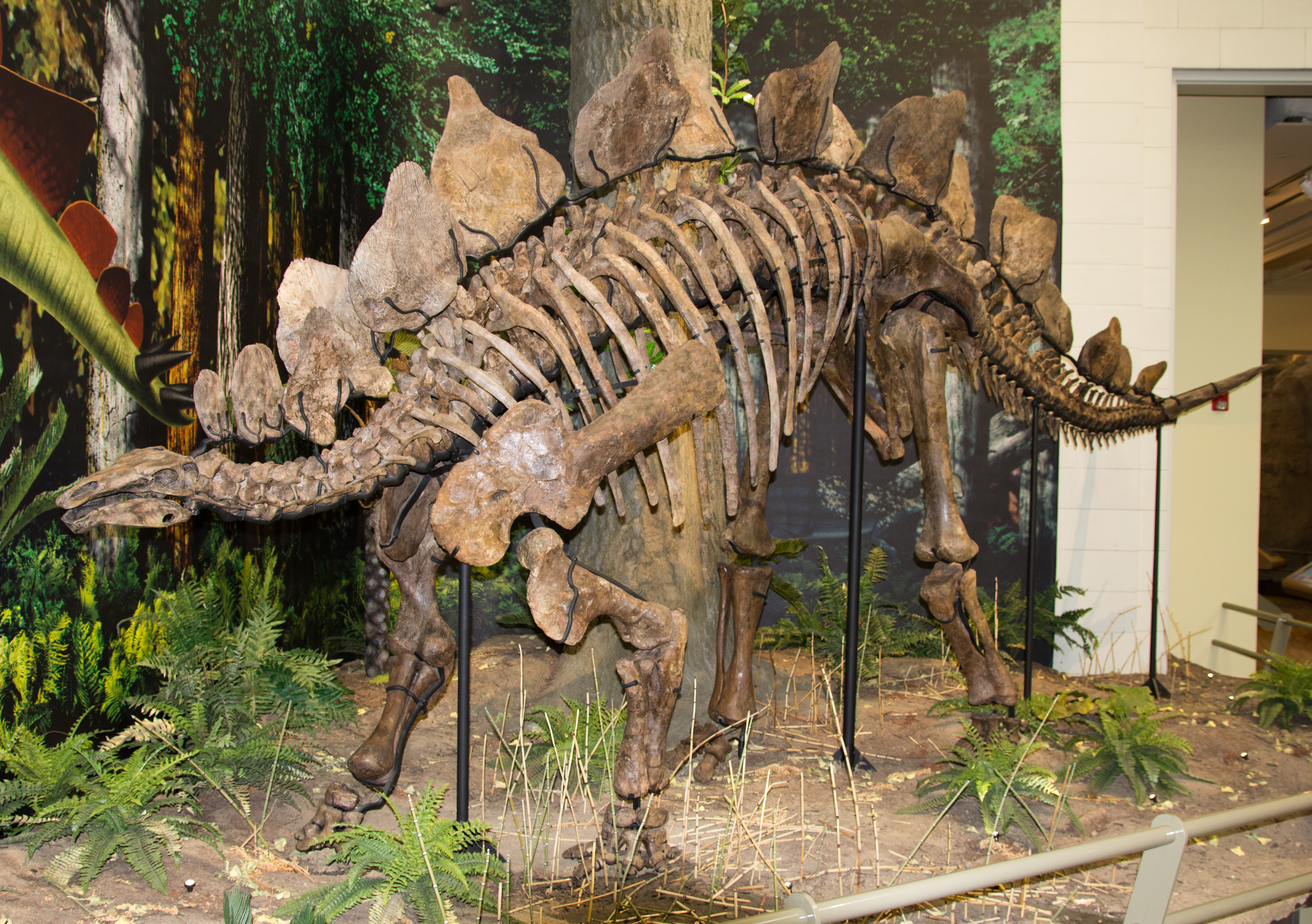
Credit: en.wikipedia.org
Fossils: Clues To Ancient Quantities
Uncovering the past is like solving a giant puzzle. One of the biggest pieces is fossils. Fossils give us hints about dinosaurs that lived millions of years ago. Imagine you are a detective. You look at bones to guess how many dinosaurs roamed.
Interpreting Fossil Evidence
Fossils tell stories about long-lost lives. Scientists use tools to read these stories. They look at where fossils are in the earth.
They see how old they are. They check what kind of living space dinosaurs needed. It’s like being a nature detective, guessing from clues left behind.
Some fossils are rare. Some are in big groups. We think about why this is. Maybe where they lived or how they behaved made some dinosaurs less likely to become fossils. Not all dinosaurs became fossils. Many clues are missing.
Extrapolating Population From Fossil Density
Next, scientists look at how many fossils they find in a place. More fossils may mean more dinosaurs lived there.
They guess how many might have lived based on how many bones they find. This is tricky but important.
They use math called statistics to make better guesses. They think about how many dinosaurs would not become fossils. It’s like guessing how many jellybeans are in a jar, without seeing all of them.
- Fossil spots: Where we find bones.
- Numbers: More bones can mean more dinosaurs.
- Math: Helps us make good guesses.

Credit: blog.pensoft.net
Paleoecology And Habitat Analysis
Understanding how many dinosaurs roamed Earth is thrilling. Scientists use paleoecology and habitat analysis to guess these numbers.
These studies help us picture ancient life. They look at old plants, animals, and environments to work out dinosaur populations. It’s like being a detective for history!
Studying Ancient Ecosystems
Scientists act as time travelers to study ancient ecosystems. They comb through fossils and soil layers. Discovering clues from the past, they picture the world dinosaurs lived in.
These studies tell us about the air, plants, and other animals from those times. It’s important as it shows what dinosaurs needed to survive.
Habitat Size And Carrying Capacity
Habitat size and carrying capacity are key to guessing how many dinosaurs lived. The habitat size tells us the area dinosaurs had.
Carrying capacity is the number of dinosaurs that area could support. Think of it like a big party. A small room can only fit so many people just like a habitat can only support so many dinosaurs.
Here’s how scientists work these out:
- Measure the area: They find out how big the space was.
- Study plants: Plants were dino food. More food means more dinosaurs.
- Look at bones: Bones tell us how many dinosaurs lived at the same time.
Let’s imagine a habitat:
| Factor | Importance |
|---|---|
| Space | Determines how many dinosaurs can move around. |
| Food | More food, more dinosaurs. |
| Water | Essential for dinosaurs to drink and find food. |
Each factor helps scientists make a smart guess about dinosaur numbers. It’s a puzzle that gets clearer piece by piece. Never exact, but getting close feels like a big win!
Comparative Anatomy And Physiology
Estimating dinosaur population sizes isn’t a walk in the park. Scientists turn to comparative anatomy and physiology for clues. Dinosaurs left behind bones and sometimes, impressions of their bodies.
By comparing these fossils to modern animals, experts can guess how many dinosaurs might have roamed Earth.
Life History Traits Of Dinosaurs
Bones tell stories about dinosaurs. They show how long dinosaurs lived and how fast they grew. Different dinosaurs had unique life traits.
By studying these traits in fossils, scientists piece together dinosaur lifecycles. Did they grow slow like an elephant or fast like a mouse?
- Size at birth: Guessing from eggshell size and nests.
- Growth rates: Looking at bone rings, much like tree rings.
- Sexual maturity: Evidence from bone textures and structures.
- Life span: Data from the oldest dinosaur bones.
These pieces form a puzzle. The puzzle shows how many dinosaurs might have been born and lived at any time.
Using Modern Analogues
To understand dinosaurs better, scientists compare them to animals we see today. They look for animals with similar body structures and habits. This helps them learn about dinosaur behavior and ecology.
| Dinosaur Trait | Modern Analogue | Insights Gained |
|---|---|---|
| Herd behavior | Elephants | Group sizes and social structures |
| Predatory habits | Lions | Hunting techniques and prey choices |
| Feeding mechanisms | Giraffes | Types of vegetation and feeding areas |
Dinosaurs may have lived millions of years ago, but modern animals unlock their secrets. By observing today’s wildlife, experts draft a clearer picture of ancient dinosaur populations.
Statistical And Mathematical Models
Peering into the prehistoric past to estimate dinosaur population sizes is a complex puzzle. Scientists use statistical and mathematical models to reconstruct these ancient ecosystems. These models provide the best guesses for how many dinosaurs once roamed Earth.
Population Modeling Techniques
To unravel dinosaur demographics, several techniques come into play. Let’s dive into the main models:
- Comparative anatomy: Examines fossil bone structure.
- Trace fossil analysis: Studies footprints and nesting sites.
- Fossil abundance: Uses the number of discovered fossils as a clue.
- Computer simulations: Models ecosystems on powerful computers.
These techniques rely on data from paleontology, ecology, and statistics. They help estimate populations of long-extinct species.
Challenges And Limitations Of Models
Despite advanced models, scientists face challenges and limitations. Consider these factors:
| Challenge | Impact |
|---|---|
| Incomplete Fossil Record | Limits data accuracy for models. |
| Preservation Bias | Skews data toward hard-bodied species. |
| Taphonomy | What happens to remains after death affects findings. |
| Geographic Distribution | Unclear how widely species were spread. |
These issues mean models are estimates, not exact numbers. They guide but do not define our understanding of ancient life.
Innovations In Estimation Methods
Scientists have always been fascinated by the mystery of dinosaur population sizes. Thanks to modern methods, we’re closer than ever to accurate estimates. Let’s dive into the innovations transforming the field.
Role Of Technology In Paleontology
New technology plays a crucial part in paleontology. Scientists now use satellite imagery to locate fossil sites. Sophisticated software models ancient ecosystems.
Algorithms analyze patterns in dinosaur diversity. These tools have revolutionized how we estimate dinosaur populations.
- Fossil Analysis: Enhanced scanning reveals more data from bones.
- Software Simulations: Virtual ecosystems model population dynamics.
- Geographic Information Systems (GIS): They map and analyze prehistoric environments.
Drones offer aerial views of dig sites. This technology uncovers new findings without disturbing the ground. DNA break-throughs predict characteristics of long-extinct species.
Future Directions In Population Estimation
The future is vibrant with potential. Scientists are developing even better tools. Population estimates will grow in accuracy. These are the next steps:
- Machine Learning: It will process vast data, finding patterns we can’t see.
- Genetic Sampling: May allow us to recreate ancient DNA. This can tell us about dinosaur lifespans.
- Collaborative Databases: Researchers worldwide will share findings. This will improve our global understanding.
Digital fossil reconstruction is in the works. Sensor technology will likely detect microfossils at sites. This will hint at population sizes too.
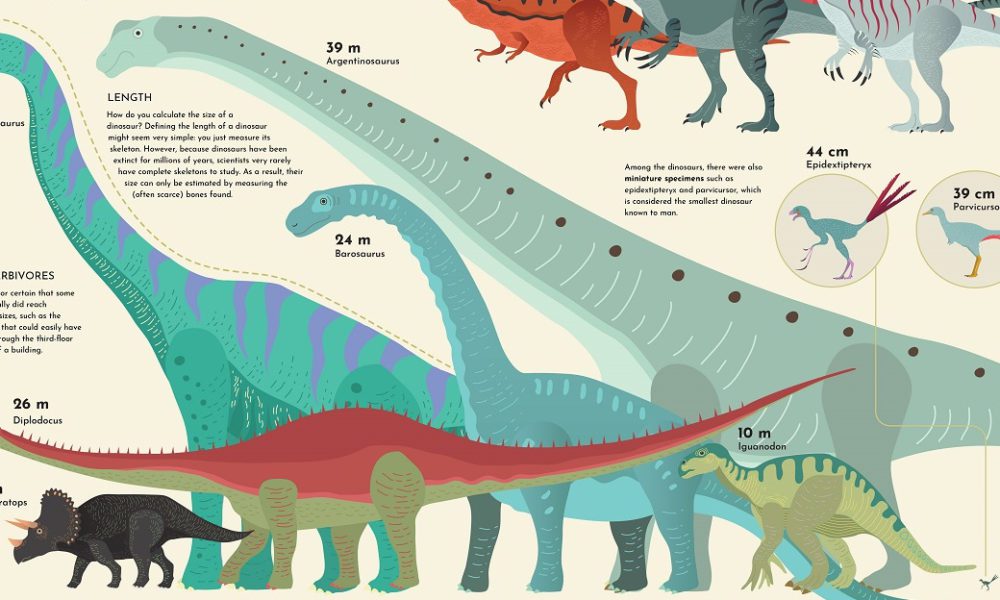
Credit: www.visualcapitalist.com
Frequently Asked Questions For How To Estimate Dinosaur Population Sizes In Ancient Times
How Do We Know How Many Dinosaurs Existed?
Estimates of dinosaur diversity stem from fossil evidence. Scientists analyze discovered remains to deduce the variety and number of species that existed. Each new find can adjust current understanding and increase species counts, providing a clearer picture of ancient biodiversity.
What Was The Estimated Population Of Dinosaurs?
Estimating the dinosaur population is challenging due to incomplete fossil records. Scientists speculate millions lived over their 165-million-year reign.
How Do We Know Dinosaurs Lived 65 Million Years Ago?
Dinosaurs are dated to 65 million years ago through radiometric dating of volcanic layers above and below dinosaur fossils. This technique measures isotopic decay, providing accurate age estimates for rock formations and the fossils within them.
What Is The Most Reliable Method Of Estimating The Biological Age In Years Of A Dinosaur?
Estimating a dinosaur’s biological age often involves analyzing fossilized bone histology. Growth rings in the bones, similar to those in trees, can provide a reliable age estimate.
Conclusion
Estimating ancient dinosaur populations is both complex and fascinating. By examining fossil records, scientists employ innovative methods, like bonebed data and habitat requirements, for insights. This blend of paleobiology and technology offers a window into a prehistoric era long gone.
Let’s keep exploring these majestic creatures’ secrets and the methods that bring their world to life.



